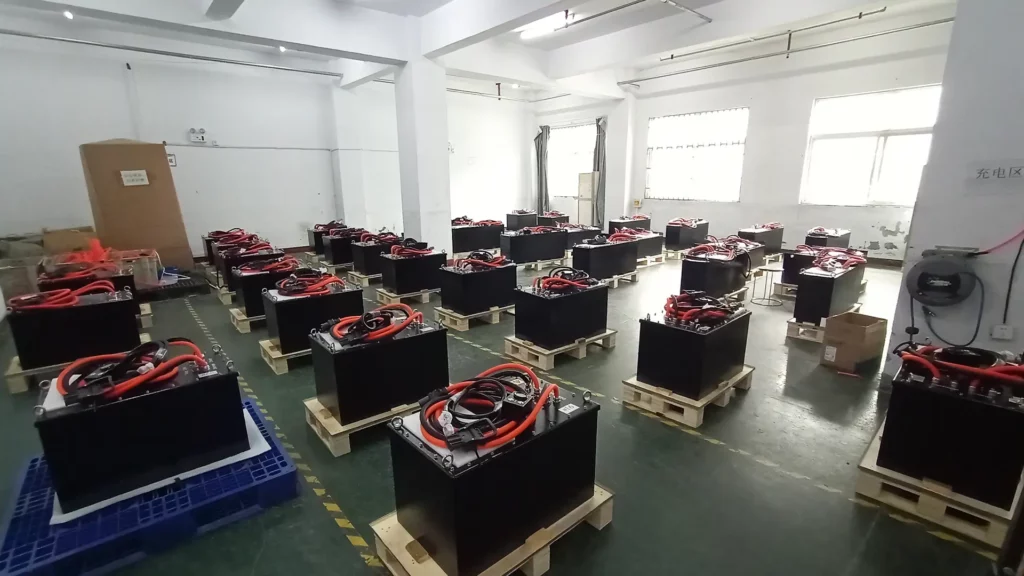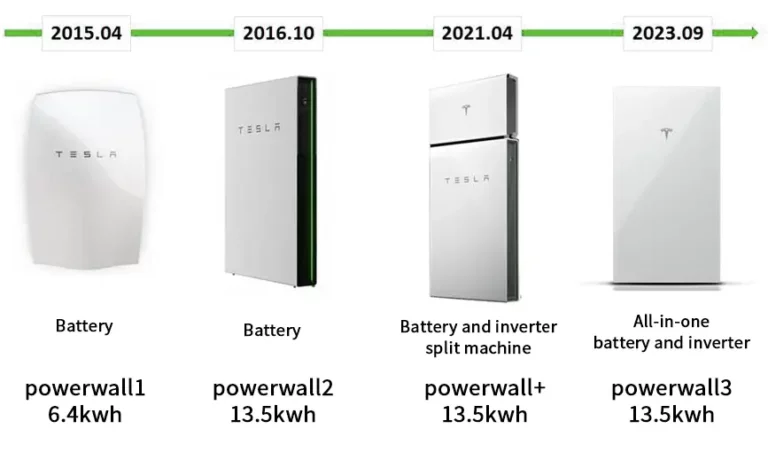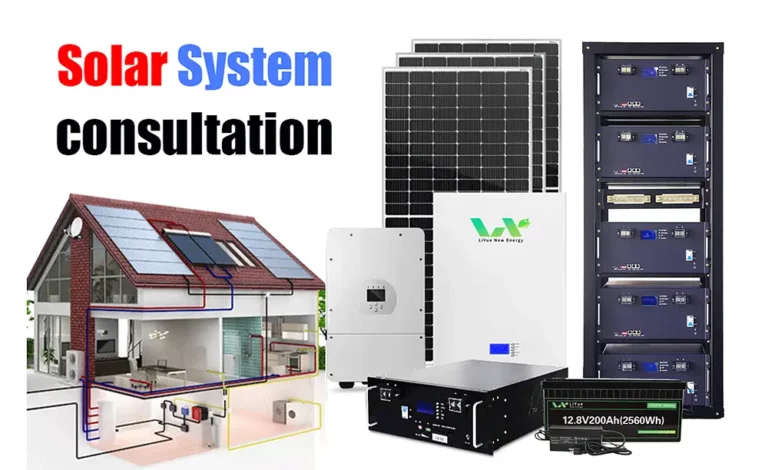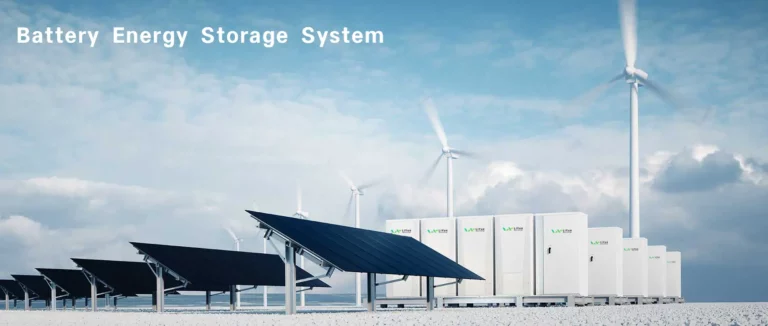Henan Liyue New Energy Co., Ltd

Electric forklift battery selection and maintenance tips
Electric Forklift Batteries: Selection and Maintenance Tips
Electric forklifts are essential workhorses in warehouses and industrial environments. Choosing the right battery and maintaining it correctly is crucial for optimal performance. Let’s dive into how to select the best battery for your electric forklift, along with practical maintenance tips to keep it running smoothly.
Choosing the Right Battery
1. Understand Your Forklift’s Requirements
Check the manufacturer’s guidelines for voltage, capacity, and size. Most electric forklifts use 48V, 80V, or 96V batteries, but the capacity (measured in ampere-hours, or Ah) varies based on the forklift’s usage and workload.
2. Choose Between Lead-Acid and Lithium-Ion Batteries
- Lead-Acid Batteries: Larger, heavier, and require regular maintenance, including watering and equalizing. They take longer to charge and have a shorter service life but do not need a forklift counterweight due to their low energy density.
- Lithium-Ion Batteries: Higher initial cost but longer service life, faster charging, and minimal maintenance. They are more energy-efficient and have a higher energy density, allowing more power in a smaller space.
3. Consider Your Budget and Total Cost of Ownership
Lithium-ion batteries offer savings over time due to lower maintenance costs, longer service life, and reduced energy consumption. Evaluate the total cost of ownership, not just the purchase price.

Forklift Battery Maintenance Tips
Proper maintenance extends the life of forklift batteries and ensures optimal performance. Here are some essential tips:
1. Regular Charging
- Recharge after every shift or when the battery reaches 20-30% capacity.
- Avoid deep discharges to prolong battery life.
2. Watering (for Lead-Acid Batteries)
- Check water levels regularly and top up with distilled water after charging.
3. Cleaning
- Keep the battery clean and dry.
- Use a mixture of baking soda and water to clean terminals.
4. Temperature Control
- Store and charge batteries in a temperature-controlled environment to prevent performance issues.
5. Regular Inspection
- Check for signs of damage or wear, such as cracks, leaks, or corrosion, and address issues promptly.
Conclusion
Choosing the right battery for your electric forklift and maintaining it properly can significantly impact your operational efficiency and costs. Whether you choose a lead-acid or lithium-ion battery, understanding your needs and following these maintenance practices will ensure your forklifts remain powerful and efficient.
For more information or to explore our range of high-quality forklift batteries, contact our team of experts. We’ll help you make the best choice for your business.





